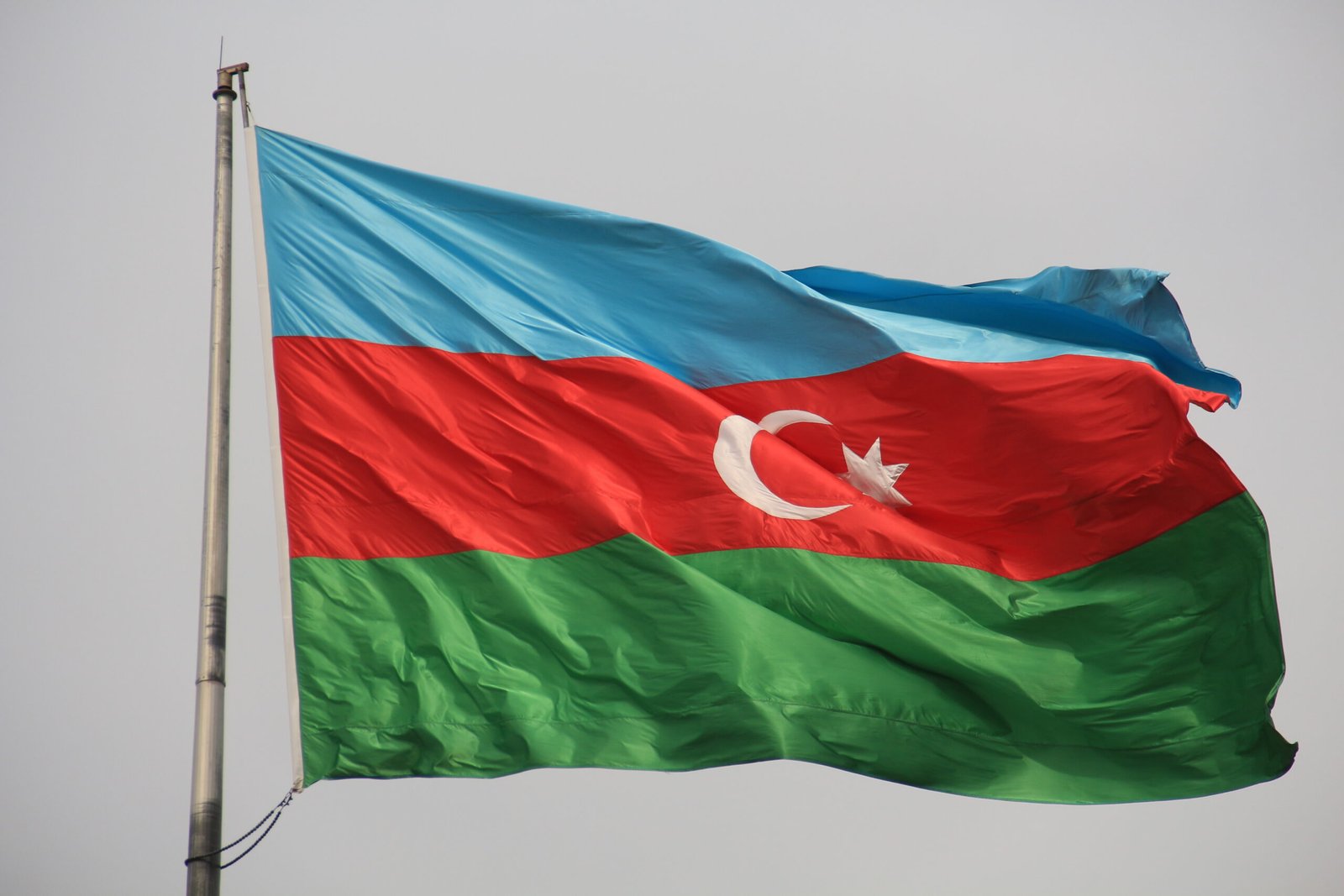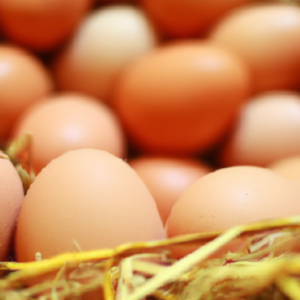
Are you a backyard chicken owner? If so, one question that may have crossed your mind is, “How do you tell when it’s time to cull or butcher a chicken?” Knowing when to make this decision can be a challenging task, as it requires a careful evaluation of various factors. In this article, we will explore the signs and indicators that can help you determine when it’s time to cull or butcher a chicken, ensuring you make the most humane and practical choice for your flock. So, if you’re looking for guidance on this matter, keep reading!

Signs of a Healthy Chicken
Bright eyes
When assessing the health of a chicken, one important indicator is the condition of its eyes. A healthy chicken will have bright and clear eyes, free from any discharge or cloudiness. The eyes should have a vibrant appearance and the chicken should be able to see well. Dull or cloudy eyes can be a sign of illness or infection.
Shiny feathers
Another sign of a healthy chicken is the condition of its feathers. A shiny and glossy coat of feathers indicates good overall health. The feathers should be free from any signs of damage, such as breaks or excessive molting. Healthy feathers are an indication of proper nutrition and a well-maintained plumage.
Active and alert behavior
Healthy chickens are usually active and alert, exploring their surroundings and engaging in normal chicken behaviors. They should be seen scratching the ground, pecking at food, and freely moving around their environment. If a chicken appears lethargic or weak, it may be a sign of illness or poor health.
Good appetite and weight gain
A healthy chicken will have a good appetite and show consistent weight gain. It should eagerly consume its regular feed as well as show interest in foraging and exploring for additional food sources. Sudden or significant weight loss can be an indicator of illness or malnutrition.
Healthy comb and wattles
The comb and wattles, which are the fleshy parts on top of a chicken’s head and beneath its beak, can be indicative of a chicken’s overall health. A healthy chicken will have plump and vibrant red combs and wattles. If these areas appear pale, discolored, or swollen, it may suggest an underlying health issue.
Age Considerations
Age for optimal meat
When it comes to raising chickens for meat, the ideal age for butchering will depend on the specific breed and the desired size of the bird. Generally, broilers are typically ready for processing around 6-8 weeks of age. They reach their market weight during this time and their meat is at its most tender and flavorful.
Age for optimal egg production
For chickens kept for egg production, the peak laying age varies depending on the breed. Most chickens start laying eggs around 5-6 months of age and continue to lay consistently for the next 2-3 years. After this point, egg production usually declines gradually.
Age-related health issues
As chickens age, they may become more prone to certain health issues. Older chickens are more susceptible to conditions like arthritis, respiratory diseases, and egg-binding. Regular health checks and appropriate care can help prevent or manage age-related health problems.
Longevity of different chicken breeds
The lifespan of chickens can vary depending on the breed. Some chicken breeds have a longer lifespan, typically living 8-10 years or even longer. Others, especially those specifically bred for meat production, may have a shorter lifespan. It’s important to consider the lifespan of the breed when making decisions about long-term care and management.

Signs of Poor Health
Abnormal discharge
Unusual or excessive discharge from a chicken’s orifices, such as the eyes, nostrils, or vent, can be an indication of poor health. Discharge may appear as mucus, pus, blood, or any other abnormal substance. It is important to promptly seek veterinary advice if you notice any abnormal discharge in your chickens.
Lethargy and weakness
If a chicken is showing signs of lethargy or weakness, it may be an indicator of an underlying health issue. A healthy chicken is usually active and energetic. Lethargy can be accompanied by a loss of appetite, reduced movement, and a generally sluggish demeanor.
Loss of appetite
A sudden or prolonged loss of appetite in a chicken can be a symptom of illness or distress. Chickens are typically voracious eaters, so any significant decrease in food consumption should be cause for concern. Loss of appetite may be accompanied by other signs of poor health, such as weight loss or changes in behavior.
Difficulty breathing
Breathing difficulties in chickens can be a sign of a respiratory infection or other respiratory issue. Labored breathing, wheezing, coughing, or gasping can indicate a problem with the chicken’s respiratory system. Prompt veterinary attention is crucial to prevent the spread of illnesses within the flock.
Visible injuries or deformities
If a chicken has visible injuries, such as cuts, wounds, or mutilation, it is a clear sign of poor health. In addition, any signs of deformities or abnormalities, such as misshapen legs or twisted beaks, can also indicate underlying health issues. Injured or deformed chickens may require immediate veterinary care or humane euthanasia.
Egg Production Factors
Decline in egg production
A notable decline in egg production can be an indication of various factors, including age, health, stress, nutritional deficiencies, or environmental conditions. If a normally productive chicken suddenly stops laying eggs or there is a significant decrease in egg production, it is important to investigate the cause and address any issues promptly.
Abnormal egg quality
Changes in the quality of eggs produced can be a sign of underlying health problems in chickens. Examples of abnormal egg quality include soft-shelled eggs, irregularly shaped eggs, or eggs with unusual coloring or texture. These changes can indicate nutritional imbalances, reproductive disorders, or infections that require attention.
Consistency of laying
In healthy chickens, egg production tends to be consistent in terms of frequency and timing. If a chicken’s laying pattern becomes irregular or erratic, with long gaps between eggs or eggs being laid at unpredictable intervals, it may be a sign of an underlying health issue or hormonal imbalance.
Recognizing broodiness
Broodiness is a natural behavior in chickens that involves a hen’s desire to incubate eggs and raise chicks. While broodiness itself is not an indication of poor health, it can interrupt or temporarily halt egg production. Recognizing signs of broodiness, such as a hen sitting on a nest for prolonged periods and exhibiting protective behaviors, can help distinguish it from other health issues.

Meat Quality Indicators
Market weight and size
When raising chickens for meat, achieving the appropriate market weight is crucial for optimal meat quality. Different breeds have different average weights at maturity, and it’s essential to monitor their growth to determine the right time for processing. Underweight birds may have less meat, while overweight birds may have poorer meat quality.
Muscle development and firmness
The development and firmness of a chicken’s muscles directly impact the quality of its meat. Well-developed muscles contribute to better meat texture, tenderness, and flavor. Regular exercise, proper nutrition, and appropriate breed selection can influence muscle growth and overall meat quality.
Fat content and marbling
Fat content plays a role in the taste and texture of chicken meat. Too little fat can lead to dry and tough meat, while excessive fat can affect the flavor negatively. Marbling, the presence of small veins of fat within the muscle, can enhance the tenderness and juiciness of meat. Achieving the right balance of fat and marbling is essential for high-quality chicken meat.
Age-related tenderness
The age at which a chicken is processed can impact the tenderness of its meat. Generally, younger chickens have more tender meat compared to older ones. However, there is a fine line between optimal tenderness and underdeveloped flavor. Balancing age, breed, and processing techniques is vital in achieving the desired meat quality.
Behavioral Considerations
Aggression and flock dynamics
Aggression within a flock can be a sign of poor health or social issues. Chickens that display excessive aggression towards each other may cause injuries or stress among the flock. Understanding and managing flock dynamics, providing adequate space, and addressing underlying health issues can help minimize aggression and promote a healthier social environment.
Reproductive behaviors
Reproductive behaviors in chickens can vary depending on factors such as age, breed, and environmental conditions. Certain behaviors, such as excessive or persistent egg-laying, aggressive mating behaviors, or even self-isolation, can indicate reproductive health issues. Monitoring and addressing abnormal reproductive behaviors can help maintain the overall health of the flock.
Excessive feather pecking
Feather pecking can occur within a flock and may be linked to health problems, stress, boredom, or nutritional deficiencies. Chickens engaging in excessive feather pecking can cause feather loss, skin damage, and even open wounds. Identifying the underlying causes and providing appropriate environmental enrichment can help alleviate this behavior.
Reduced social interaction
A chicken’s social behavior is important for its overall well-being. If a chicken becomes increasingly solitary or withdraws from social interactions, it may be a sign of poor health, stress, or discomfort. Assessing the flock dynamics, environmental conditions, and individual health can help address any issues affecting social interaction.
Incurable Diseases
Avian influenza
Avian influenza, commonly known as bird flu, is a highly contagious viral disease that affects domestic poultry and wild birds. It can cause severe illness and even death in chickens. Infected birds may show symptoms such as respiratory distress, decreased egg production, and sudden deaths. Prevention through vaccination and biosecurity measures is key in managing avian influenza.
Newcastle disease
Newcastle disease is a viral infection that affects poultry, causing respiratory and nervous system problems. Infected chickens may exhibit symptoms such as coughing, sneezing, diarrhea, and nervous signs like twisting necks or paralysis. Vaccination and strict biosecurity measures are crucial in preventing the spread of Newcastle disease.
Marek’s disease
Marek’s disease is a highly contagious viral infection that affects chickens, primarily causing tumors in the nervous system, internal organs, and muscles. Infected chickens may show various symptoms like paralysis, weight loss, and vision problems. Vaccination is typically done to prevent Marek’s disease, and rigorous biosecurity practices are important in limiting its spread.
Infectious bronchitis
Infectious bronchitis is a highly contagious viral respiratory disease that affects chickens. It can cause respiratory distress, decreased egg production, and poor egg quality. Infected chickens may exhibit symptoms such as coughing, sneezing, nasal discharge, and watery eyes. Vaccination and strict biosecurity measures are essential to prevent the spread of infectious bronchitis.
Age-related Conditions
Egg-binding
Egg-binding occurs when a chicken is unable to lay an egg, typically due to the egg becoming stuck in the reproductive tract. It is more common in older chickens or those experiencing calcium deficiencies. Egg-binding can be a serious and potentially life-threatening condition, requiring immediate veterinary attention to prevent complications.
Elderly chicken health problems
As chickens age, they may become more susceptible to various health problems. These can include arthritis, joint degeneration, respiratory issues, and reproductive disorders. Regular health checks and providing appropriate care, such as suitable bedding and a balanced diet, can help alleviate age-related health problems in elderly chickens.
Decline in mobility
Older chickens may experience a decline in mobility as their joints and muscles age. Mobility issues can be caused by arthritis, degenerative joint diseases, or other age-related conditions. Measures such as providing ramps, comfortable roosts, and proper nutrition can help improve the quality of life for chickens dealing with mobility issues.
Impaired vision
Just like humans, chickens may experience age-related changes in their eyesight. Older chickens may develop cataracts or other vision impairments, which can impact their ability to navigate their environment or locate food. Extra care should be taken when managing elderly chickens to ensure their safety and well-being.
Ethical Considerations
Providing a good quality of life
One of the fundamental ethical considerations in chicken farming is providing a good quality of life for the birds. This includes access to a suitable living environment with appropriate space, access to natural behaviors like foraging and dust bathing, and a healthy diet. Ensuring chickens have a good quality of life promotes their overall well-being and mitigates potential welfare concerns.
Balancing compassion and practicality
Balancing compassion and practicality is a central aspect of ethical decision-making in chicken farming. This includes making difficult choices regarding end-of-life decisions, dealing with health issues, and determining appropriate culling or butchering methods. Taking into account the well-being of the individual chicken, as well as practical considerations of the entire flock, helps strike a balance between compassion and practicality.
Humane slaughter methods
When it becomes necessary to cull or slaughter chickens, using humane methods is of utmost importance. Humane slaughter involves minimizing the animal’s suffering and ensuring a quick and painless death. Methods such as cervical dislocation, controlled atmosphere stunning, or electrical stunning followed by rapid bleeding are considered humane and aim to minimize distress to the bird.
Considering alternatives to culling
In certain situations, considering alternatives to culling can be an ethical choice. This may involve finding suitable homes for chickens that are no longer productive, allowing them to live out their natural lives, or exploring options for retirement sanctuaries. Giving careful thought to the fate of unproductive or elderly chickens can be a compassionate alternative to immediate culling.
Consulting a Veterinary Professional
When to seek veterinary advice
It is important to consult a veterinary professional when dealing with any health concerns or abnormalities in chickens. A veterinarian can provide expert advice, diagnose illnesses, recommend appropriate treatments, and guide in making informed decisions regarding the health and well-being of the flock.
Diagnostic tests and examinations
Veterinarians may conduct various diagnostic tests and examinations to assess the health of chickens. These can include physical examinations, blood tests, fecal analysis, or swabs for bacterial or viral culture. Diagnostic tests can help identify underlying health issues, guide treatment plans, and provide valuable insights into the overall health of the flock.
Treatment options and prognosis
When chickens experience health issues, veterinarians can recommend appropriate treatment options. This may include medications, dietary changes, or other interventions to address specific illnesses or conditions. Veterinarians can also provide insight into the prognosis of a chicken’s health and guide decisions regarding ongoing care.
Euthanasia or end-of-life decisions
In some cases, euthanasia may be the most humane choice for a chicken that is suffering or facing a poor quality of life. Making end-of-life decisions can be challenging, but a veterinarian can provide guidance on the most compassionate options available. It is important to prioritize the well-being and welfare of the chicken when considering end-of-life choices.







